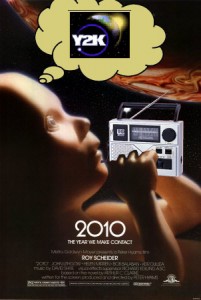Although college radio as a rule is much more diverse than commercial and public radio stations, there’s been a trend in the past decade for many stations to create a more focused identity surrounding a specific style of music. In some cases this is done with the help of professional consultants and paid staff members; whereas in others, it’s simply due to a rigid (and perhaps lazy) mirroring of playlists from other college radio stations.
In 2001, University of Washington station KCMU was transformed into KEXP after an infusion of cash and equipment from The Experience Music Project in Seattle. The station moved off campus and has a more specific music focus than when it was a student-run station.
Some stations, like WERS at Emerson College, have opted to adopt formats more familiar to commercial and public radio listeners. In 2006 they switched to AAA (adult album alternative) programming during the day, moving specialty shows to the evening and weekends.
In August 2009, University of Nebraska station KRNU modified its format in order to appeal more to college-age listeners. Changes at that station included a narrower playlist of indie/alternative music and a shifting of specialty music shows to a new web channel. The new web channel serves to play the more experimental sounds that their terrestrial station used to play.
Rochester Institute of Technology station WITR recently reduced the number of specialty music shows so that they don’t comprise more than 25% of the station’s schedule and is cutting down the number of slots available to non-student DJs. Many speculate that this is also part of a bigger mission to narrow their playlist into a more standardized rock format geared towards college students. Their current format is described as “Modern Music and More.” Similarly, Vanderbilt University station WRVU is also putting a limit on the number of non-student DJs.
With college radio under much more scrutiny from administrators, many of these changes may simply be out of fear that a school may abandon, sell, or cede control of its radio station if few students listen or participate. In the process, though, some stations may be losing their edge and what really differentiated them from mainstream radio to begin with.



